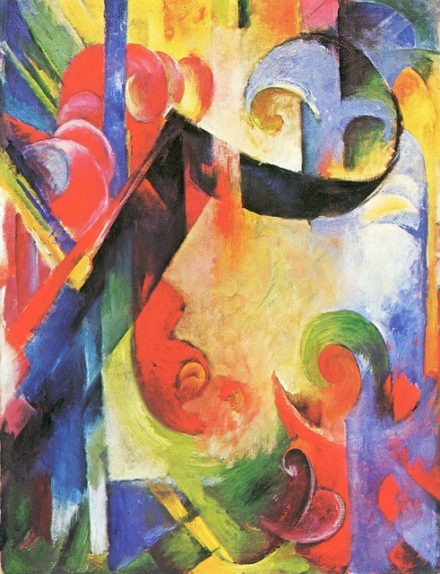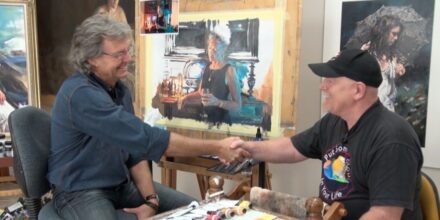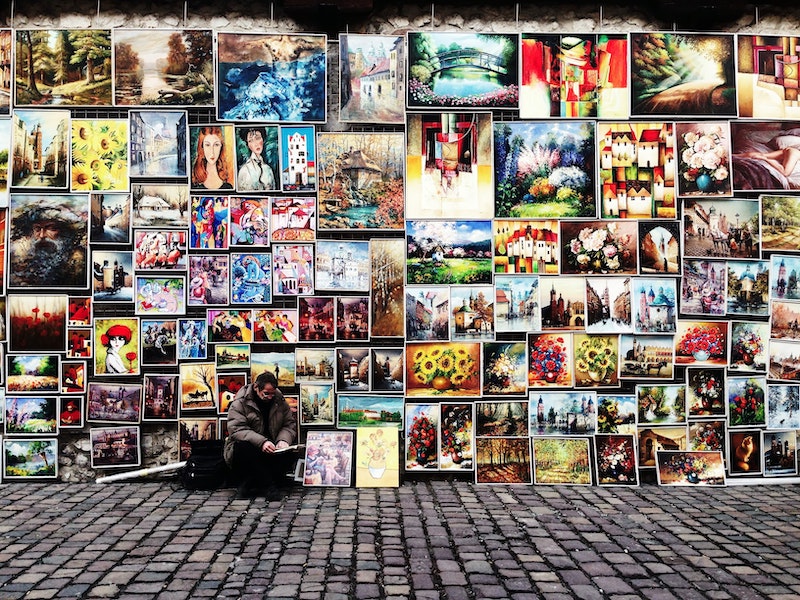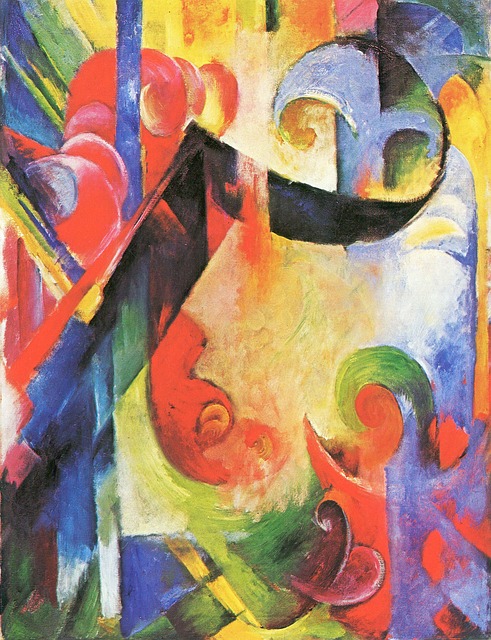As I continue to get to know the message and initiatives put forth by CHF, I’m struck by the practicality at the core of the mission. Yes, the Accelerator program is intense and challenging. Identifying where you want your career to go is scary and overwhelming. But when it comes down to it, putting a plan in place not only feels good, but makes the work we do today meaningful; giving it shape the following week, month, decade, and century.

Recording your collection; digitizing, documenting, and tracking it: most working artists are aware of the importance. At the same time, I wonder how truly integral it is for artists—if it’s something they do as a matter of course. I Googled my dad recently, a sculptor, and found a knock-off of his work in an online auction. I grew up looking at his pieces, and knew the item I was looking at wasn’t his work. He’s living and still producing new work, but already has challenges to his legacy.
I’ve been thinking about legacy-planning and provenance documentation because earlier this month, the Kuntsmuseum Bern took possession of several pieces from a collection bequeathed by Cornelius Gurlitt. The legacy includes Nazi-looted art, and sparked debate and new policies pertaining to art identification and record-keeping. This debate highlighted the lack of art provenance experts, and the Swiss government began to offer grant money for research and training.
A research team was appointed for the Gurlitt provenance project. This research is integral to deciding the fate of each piece, as the museum will only accept art deemed “free of suspicion” of being looted. The collection includes 1,500 pieces, and of those, over 1,000 require further research. The Kunstmuseum Bern has also started researching and publishing the provenances of its own collection.
Legacy-building and record-keeping has been, and continues to be, central to the working artist.






